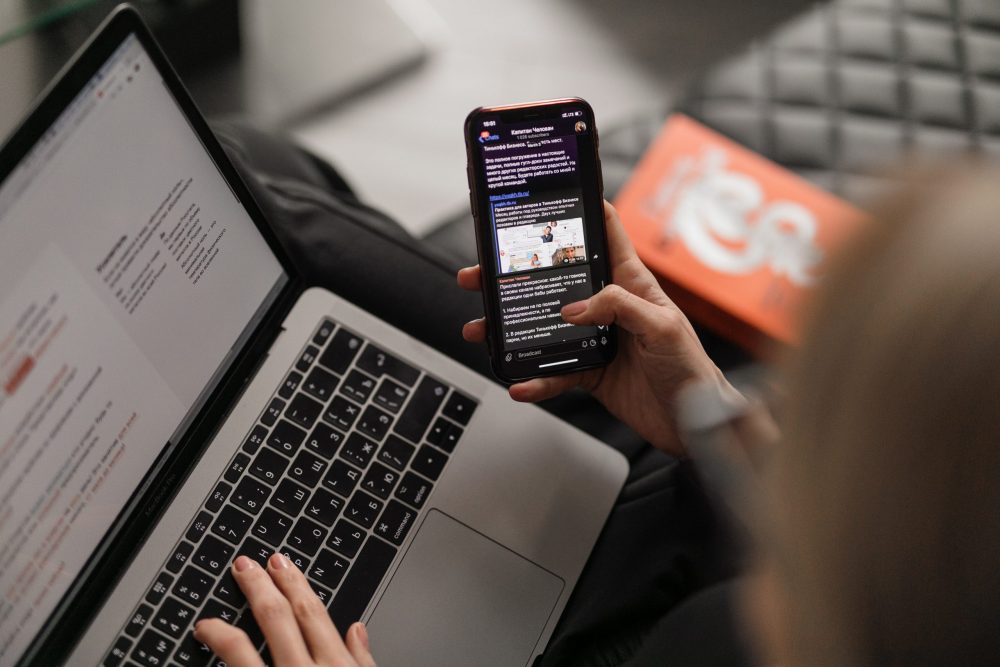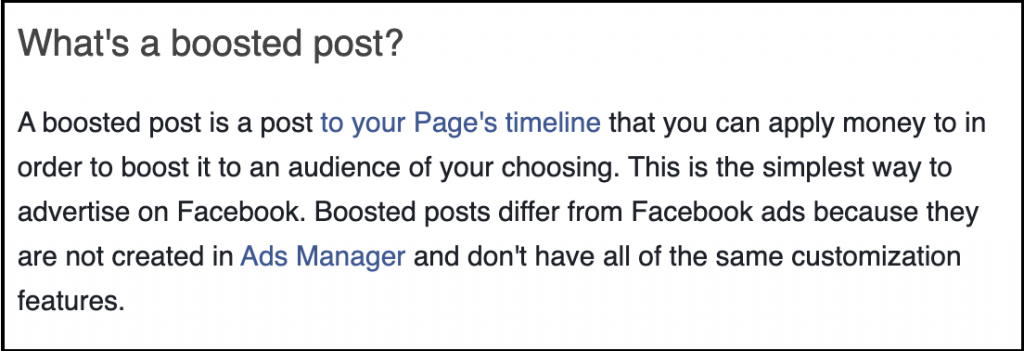Let’s break down two popular social media ad types to determine which one might be right for your brand and goals.
Here, you’ll find:
- The difference between promoted posts and paid social ads
- How these social media marketing ads operate
- When to use each type of paid social ad
- Which social ad might be right for your brand
Social media is a huge part of consumers’ lives today. It’s where many of them get their news, stay connected to friends and family, and even research and buy products or services.
Whether your customers like to tweet about social issues, spark conversations on Facebook, or post picturesque outdoorsy scenes on Instagram, having a business presence on the main social media platforms is a great way to connect with your target audience.
Of course, you want your brand’s posts to be seen by as many people as possible. Even more importantly, you want your social media posts to be seen by the right people.
Influencers might make it look easy, but mastering the ever-changing realm of social media marketing is no easy feat.
Many find it difficult to know the difference between terms that sound similar. Even once you have the jargon down, mapping out the right strategy can be an involved task.
When you’re delving into paid social ads, you may come across two different options: creating ads and campaigns from scratch, and “boosting” or promoting existing organic posts. You can see these options on platforms like Facebook, Twitter, and Instagram.
But what do they mean? What’s the difference? When should you use each? Knowledge is power, so let’s dive into paid social ad types and see what we can discover.
What are boosted posts?
A promoted or boosted post is a social media post that you pay the platform to make more visible. To boost a post means to promote it to a wider audience. On Twitter, these ads are called “promoted” tweets.
Basically, you’re boosting the post’s reach so it can be seen by more people. Depending on the platform, you may be able to set any of the following variables:
- Target audience: Decide which people you want your post to reach. You can target followers, people who have liked your page, or friends of followers. You can also segment by age, gender, location, interest, or create your own custom demographics.
- Location of focus: Choose where in the world you want people to see it. If you have a promotion in a specific country, you can target that location and people who have listed it as their home country. If you target the right audience, you can potentially maximize your return on investment (ROI) and save precious marketing dollars.
- Timeframe: How long should the post be promoted? Maybe you have a sale, and you want to draw in as many people as possible. Once the sale is over, the post won’t be promoted anymore.
- Budget: How much do you want to spend? The bigger the budget, the more people it will reach.
The general idea behind boosted or promoted posts is that you can either grow the reach of a well-performing organic post or create an ad from a post without creating a whole marketing campaign around it.
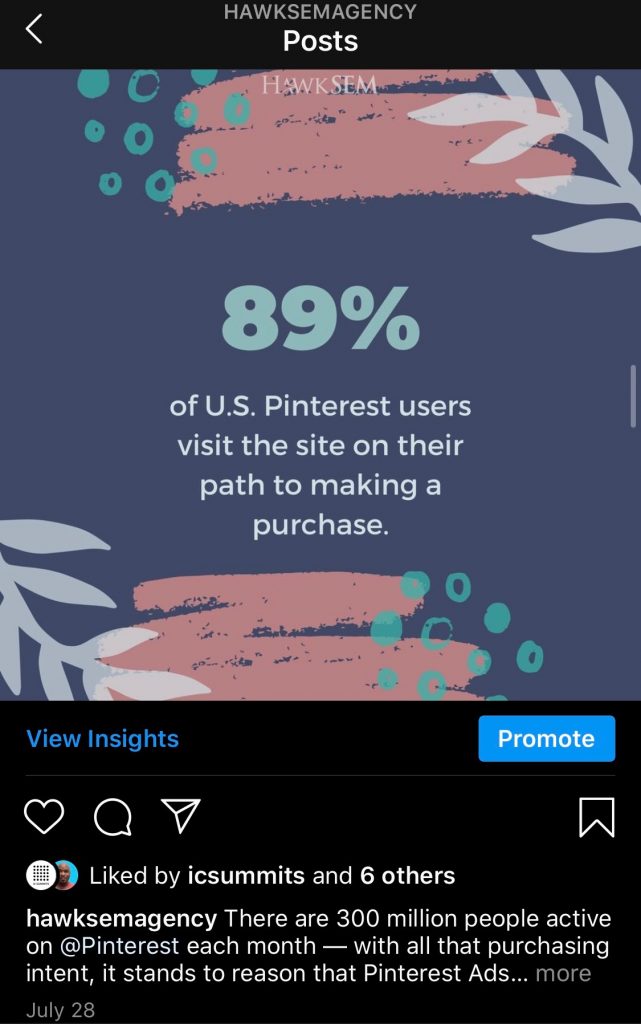
The “Promote” option allows HawkSEM to get this Instagram post in front of a wider audience for a fee. (via Instagram)
What are paid social ads?
In general, paid social ads are any form of advertising or marketing on social media platforms that you pay to have shown to the target audience. This includes, but isn’t limited to:
- Pay-per-click (PPC) ads
- Influencer marketing partnerships
- Social media display ads
- In-feed ads
Depending on the content, paid social ads could have more of a call-to-action (CTA) message, and be part of a larger overall campaign. This could be anything from a general awareness campaign to one focused on an event like a holiday sale or upcoming live webinar.
The way these ads are displayed depends on the ad options you choose, and the platform you’re advertising on.
For example, Twitter ads can be on a user’s timeline or under the “What’s happening” tab to the right of the feed. And LinkedIn offers an ad type that will send a private message to users who fit a certain audience targeting profile.
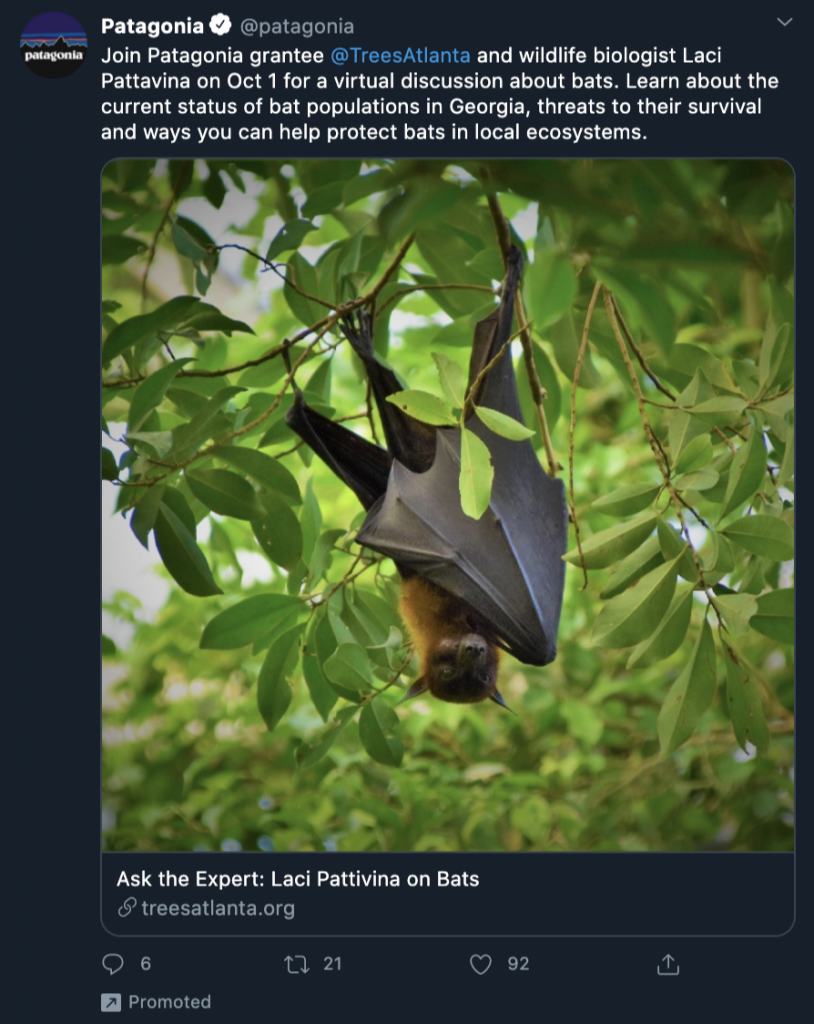
Here’s how a promoted post looks on Twitter. (via twitter.com)
What’s the difference between promoted posts and paid social ads?
You may have noticed that, according to the above definition of paid social ads, promoted posts could technically fall under that umbrella.
One of the main differences between the two is that paid ads were created as ads, whereas boosted posts were posted organically, for free (the boosting or promotion is where the budget comes into play).
Some marketers feel like promoted posts are more natural and seamless than paid social ads.
Another difference is the options available. With paid social ads, you have quite a few additional options that allow for more advanced customization. Depending on the platform, these may include:
- Where on the platform or related media the ad will be visible
- The ability to optimize for more and/or broader goals for the action generated by the audience
- More ad types, formatting options, additional graphics, and ad features
- What time of day your ad is seen

A look at the ads sidebar on LinkedIn’s homepage. (via linkedin.com)
When and why should you boost a post?
It’s important to know how to determine which organic posts are worth promoting. There are some specific goals that boosting a post can help you achieve. These include:
- Growing brand recognition
- Increasing post engagement
- Fueling website traffic
- Increasing the reach or engagement of an already high-performing post
As HubSpot explains, if you just want more eyes on a certain webpage, then promoted tweets might be a great option for you. For this option, they add, you pay a flat monthly fee for as long as you’re promoting a tweet.
All business accounts on the platforms with this feature should have access to a “boost post” or “promote” button next to the “publish” button or once their post is live.
Pro tip: The platform may take time to review your post first, so be mindful when it comes to time-sensitive content.
When and why should you create paid social ads?
Of course, paid social ads have several strengths of their own. They excel at accomplishing goals like:
- Generating leads
- Increasing conversion rates
- Growing event RSVPs or newsletter signups
- Encouraging a specific action (like app downloads)
Paid social ads may be the way to go when you’re looking for more ROI-generating results in a shorter amount of time.
To build up your audience or grow your followers, you may want the added options that come with actual paid social ads vs. promoted posts.
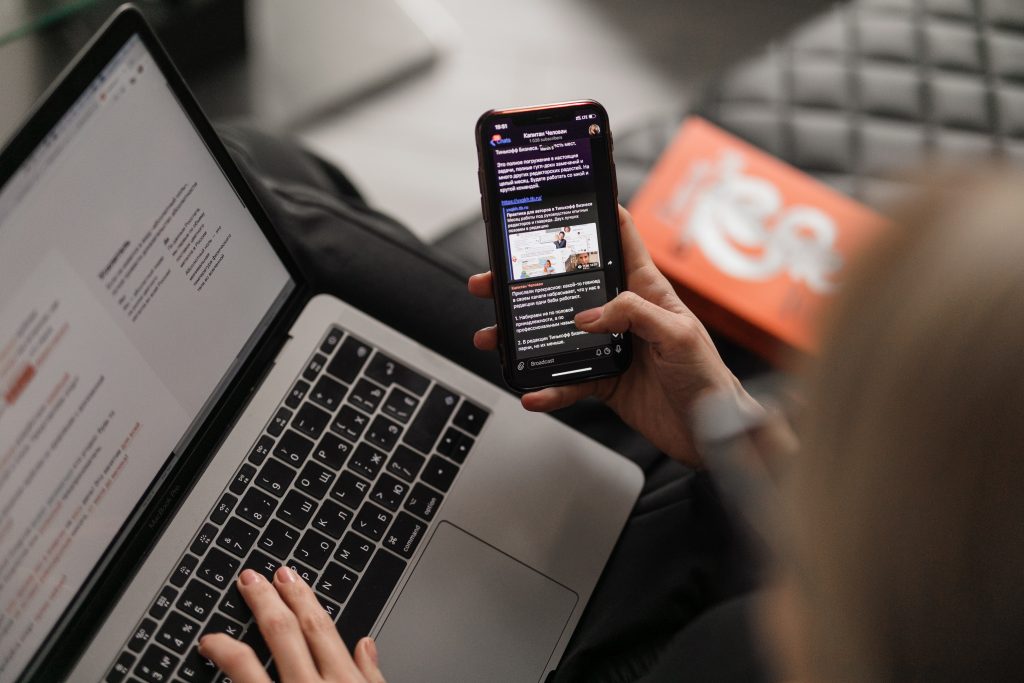
While post boosting and paid social ads are similar in some ways, they also have key differences that allow them to specialize in different areas. (Image via Unsplash)
How can you determine which is right for you?
It isn’t always a matter of picking just one method that fits your business.
Since each approach is best at creating different outcomes, it makes sense to use both, but in separate circumstances. Your goal will be the main factor in determining which technique is ideal for you.
Good reasons to boost a post include:
- Inform followers of updates and new features
- Highlight new content
- Increase views for brand awareness
- Promote one-time events
Good reasons to launch paid social campaigns include:
- Inform a new audience of your product or service
- Drive sales by convincing leads to make a purchase
- Compel the specific behavior stated in your CTA
- Significantly grow your audience
For more paid social tips, check out our articles on best practices for ads for Twitter, Instagram, Facebook, Pinterest, and LinkedIn.
The takeaway
Ultimately, the aim of social media is to help people connect. And with so many consumers using these platforms, creating a thoughtful, strategic presence can be a game-changer for your business.
Luckily, these platforms keep improving and simplifying their social media marketing tools to help you reach the most people and meet your goals.
While promoted social and paid social media ads are similar in some ways, they also have key differences that allow them to specialize in different areas. Knowing how to use them to their fullest potential is crucial.
Armed with the knowledge above, you should be able to make the most of your social media marketing strategy and get the most ROI out of your marketing dollars.
This post has been updated and was originally published in September 2020.
